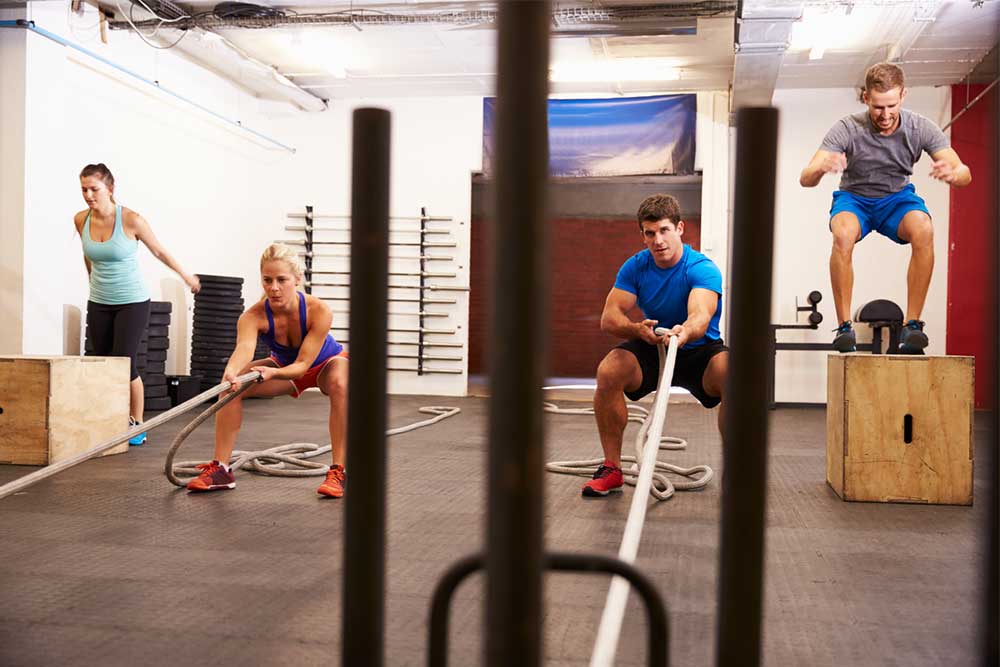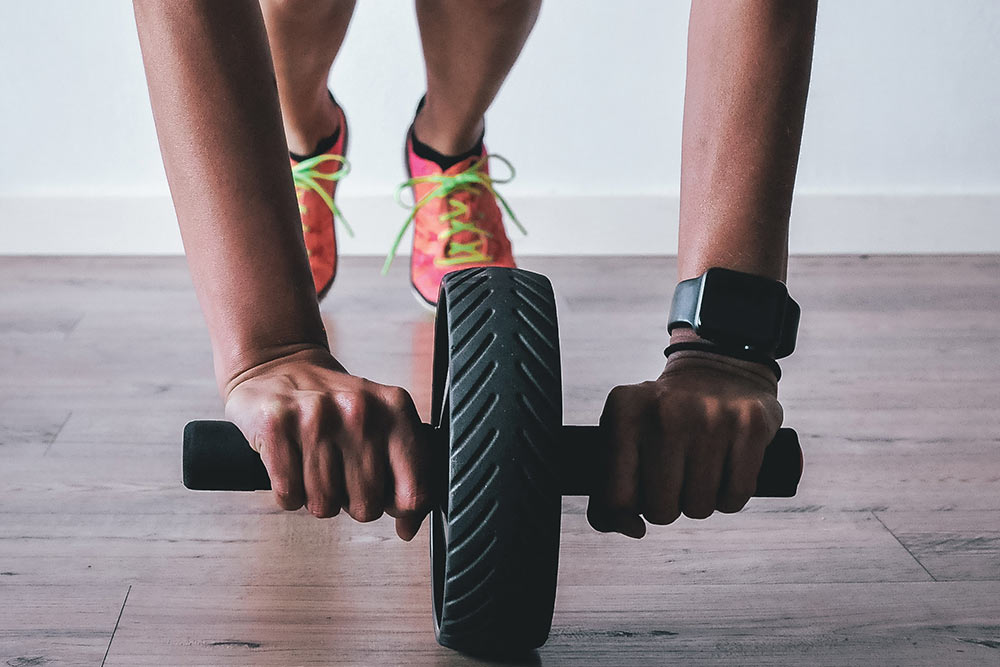HIIT Responses In Endurance & Sprint Athletes

A Review by Alyssa Bialowas
HIIT (high intensity interval training) is a widely popular training method used in both endurance and sprint training. For endurance athletes, HIIT is beneficial in a number of ways, from increasing cardiovascular fitness to promoting healthy blood glucose levels and increasing endurance overall. For sprint athletes, the intense bursts of energy in HIIT benefit them in the sprint/power nature of their performance.
Due to endurance athletes’ training which encompasses metabolic and cardiorespiratory regulation and aerobic capacity, they excel in prolonged endurance events. On the flip side, sprint athletes have an advantage in high-intensity, short-term and explosive activities. But as this study by Cipryan et al. (2017) points out, what if exercise is described as a combination of high-intensity workload and prolonged duration?
Related Article: How HIIT Changes Our Body
The Study
There were sixteen participants in the present study, all of whom were highly trained male athletes participating in endurance or sprint sporting events. Each participant visited the lab four times over 1-2 weeks, always in the morning after a night of fasting. First, they performed a maximal incremental treadmill test, then a short HIIT (work interval duration 30s), long HIIT (3 min), and one constant load exercise session matched for mean load and total duration. They also completed a questionnaire about physical activity, acute chronic diseases and the use of dietary supplements.
After testing, the participants stayed in the laboratory for three hours for their recovery process to be assessed. Heart rate variation was measured before and after the exercise and 1 hour, 2 hours and 3 hours after the exercise intervention. Blood samples were also collected from the antecubital vein before and immediately after exercise, and 1 hour, and 3 hours after the exercise intervention.
The Results
The exercise interventions were matched for mean power, total time and work-to-relief ratio. Acute cardiorespiratory, metabolic variables, post-exercise changes in the heart rate variability, inflammation and muscle damage were monitored. Among the sixteen participants, it was found that endurance athletes performed exercise interventions with moderately or largely higher mean aerobic capacity. The other measurements did not indicate any considerable differences.
Takeaway
Although exercise intensity was identical for endurance and sprint athletes, endurance athletes performed both HIIT formats (short and long work intervals) with increased reliance on aerobic metabolic pathways compared to sprint athletes. Sprint athletes performed HIIT with moderately higher respiratory exchange ratio and moderately higher lactate values than endurance athletes. Acute respiratory and post-exercise autonomic and biochemical variables did not show any difference between endurance and sprint trained athletes.
Related Article: Clash Of The Titans – Intervals Vs Endurance (Part 1)
You Might Like:
Can HIIT Improve Mental Health?
High intensity interval training (or HIIT for short) has fast become one of the most common forms of exercise on the planet. Used by athletes and regular gym goers alike, it has been applauded for...How to Incorporate HIIT in Every Workout
Over the last few years, high-intensity exercise modalities have become super popular. Think about the rise of CrossFit or even the creation of Orange Theory. Both of these workouts are incredibly popular, and both incredibly...The Effects of Sleep Quality and HIIT
Moji Kaviani Quality of sleep appears to be positively associated with both physical and psychological health (Halson, 2016; Lastella et al., 2012). Therefore, numerous studies examined the relationship between physical activity and sleep suggesting that...What is a High-Intensity Interval Training (HIIT) Workout Anyway?
Evan Stevens High-Intensity Interval Training (HIIT) is a huge ‘hit’ with exercise researchers and the general population alike. It is less time consuming and can imbue the same if not more benefits as traditional exercises...5 High-Intensity Interval Training Mistakes Athletes Make
Alyssa Bialowas High-intensity interval training (HIIT) is one of the hottest fitness trends right now, and because of this, many people have put their own spin on it to try and make it their own....5 Ways HIIT Improves Fitness in Women
Alyssa Bialowas Research poll after research poll, male and female adults express that one of the biggest barriers they face to frequent exercise is lack of time. One common assumption is that exercise and physical...References:
Cipryan, L., Tschakert, G., and Hofmann, P. (2017). “Acute and Post-Exercise Physiological Responses to High-Intensity Interval Training in Endurance and Sprint Athletes.” Journal of Sports Science and Medicine, 16, 219-229.













